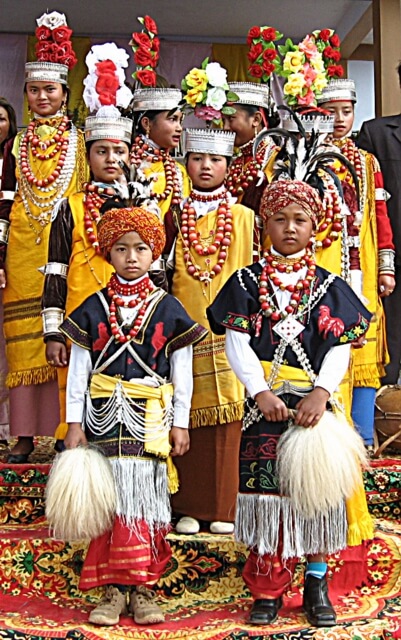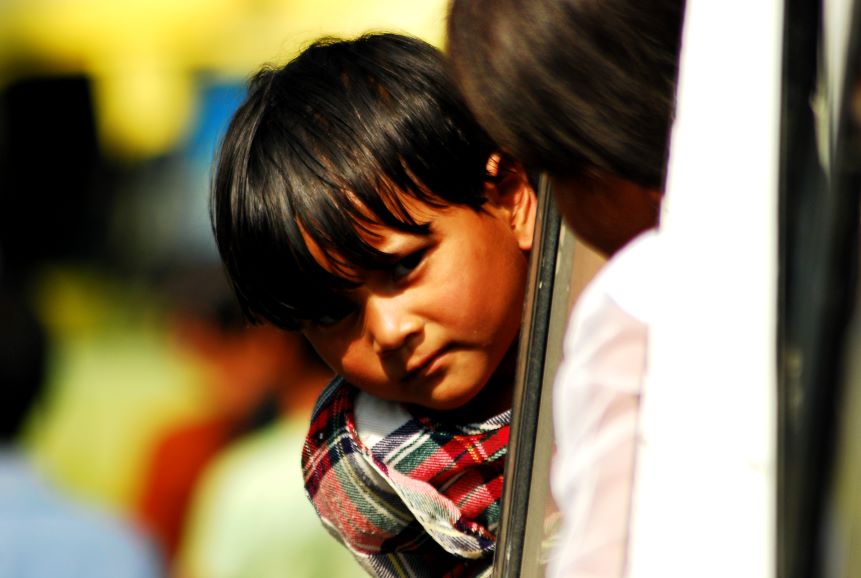PEOPLE & CULTURE
The culturally rich and diverse part of the country- North East India, has just caught the attention of the world.
Origins
The state of Meghalya has three major tribal groups- The Khasis, The Jaintias and the Garos. The Garos live mostly in the Western part of the state, The Khasis in the central part and the Jaintias in the Eastern Part. The Khasis & Jaintias together known as HynniewTrep, as of the Austro Mon-Khmer stock who are believed to have migrated from Cambodia-Laos region are said to be one of the oldest inhabitants of undivided Assam and probably one of the oldest ethnic groups in the Indian Sub-continent.
The term HynniewTrep itself includes various sub-tribes like the Khynriam, Pnar, Bhoi, War, Lyngngam, Diko and Maram, which differ from each other subtly linguistically, geographically and culturally. However, the unifying net is the standard written Khasi and the standard spoken Khasi.
 Rev. Thomas Jones
Rev. Thomas Jones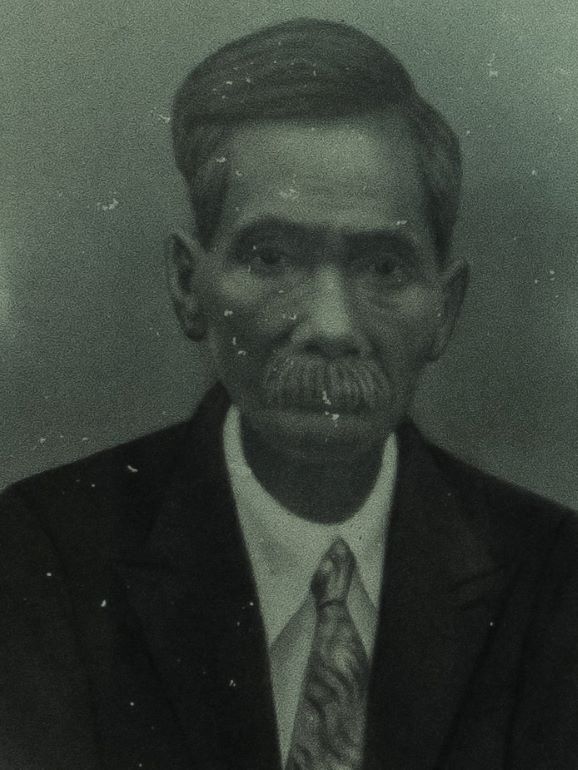 U So So Tham, Khasi poet from Sohra
U So So Tham, Khasi poet from Sohra
Language
The Khasi language did not have a script of its own. It now uses the Roman script, which was first introduced in 1842 by Rev. Thomas Jones, the first Welsh missionary among the Khasis. Since the first missionaries had established their first mission at Cherrapunji the dialect of Sohra (Cherrapunji) became the literary Khasi throughout Khasi land.
Though the written word is just a 175+ years old, it has a strong oral tradition where history, philosophy, culture and religion get woven around in stories which get passed on from one generation to the next.
Matriliny
A notable feature of the Khasi Jaintias is their system of matrilineal lineage, where the lineage is taken from the mother’s side. It is said to be one of the largest surviving matrilineal cultures in the world. In this social system, the children take their mother’s surname rather that the father’s surname. The groom goes to live in his bride’s house after marriage, especially if the bride is the last daughter. The responsibility of looking after the parents in their old age devolves on the youngest daughter. Amidst the Khasis the ancestral property goes to the youngest daughter whereas amidst the War-Khasis it is divided equally among the children.
The Clan or ‘Kur’ among the Khasis is the extended family which trace their descent from ancestress or kiaws. The descendents of one common ancestress are called Shi Kur. A sub-clan is called Shi Kpoh. The smaller division of the clan is the family (iing). Members of clans and sub-clans having a common ancestry cannot marry within the Kur and Kpoh. Here, its eldest uncle represents the clan in its necessary interactions with the larger community
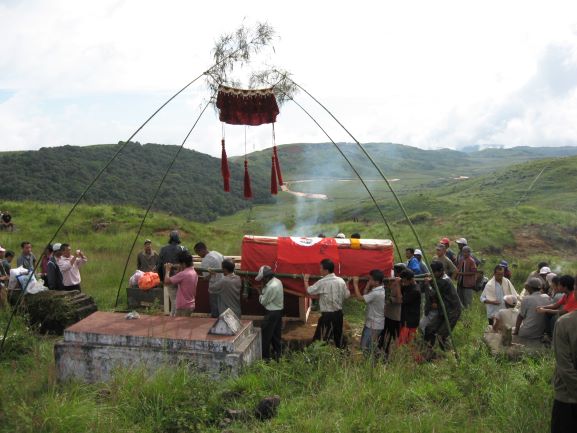 Khasi Cremation
Khasi Cremation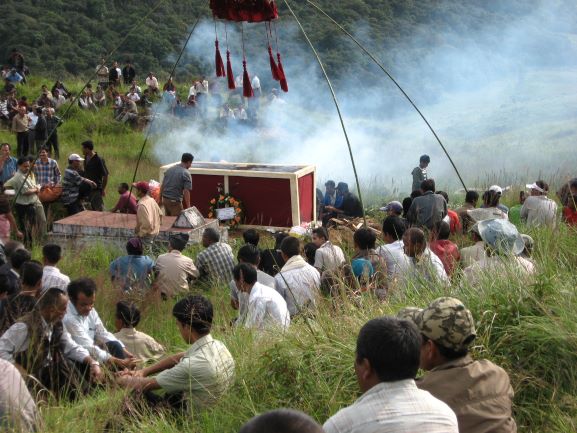 Family & Friends paying their respect
Family & Friends paying their respect
Religion
The traditional faith of the Khasis is known as ‘Niam Tynrai’ / ‘Niam Tre’. The religion of the Khasis is built around the clan or Kur bound the belief in One God/One Creator (U Nongbuh Nongthaw). Here the ancestral mother of the clan or Kur (ka Iawbei) and also the ancestral uncle (u Suidnia) act as intercessors for the living members of the Kur and God. There are no defined places of worship and each clan has its own variations of rukom (religious rites). The eldest maternal uncle (known as Kñi) serves as the priest and performs religious rites for the family. The main tenets of this religion are:
- Tip Briew, Tip Blei (Know man, Know God)
- Tip Kur, Tip Kha (Know your Maternal & Paternal relations)
- Kamai i aka Hok (Earn Righteouness)
Many people in the state, however have embraced Chitianity with an estimated 85% of the population being Christians.
